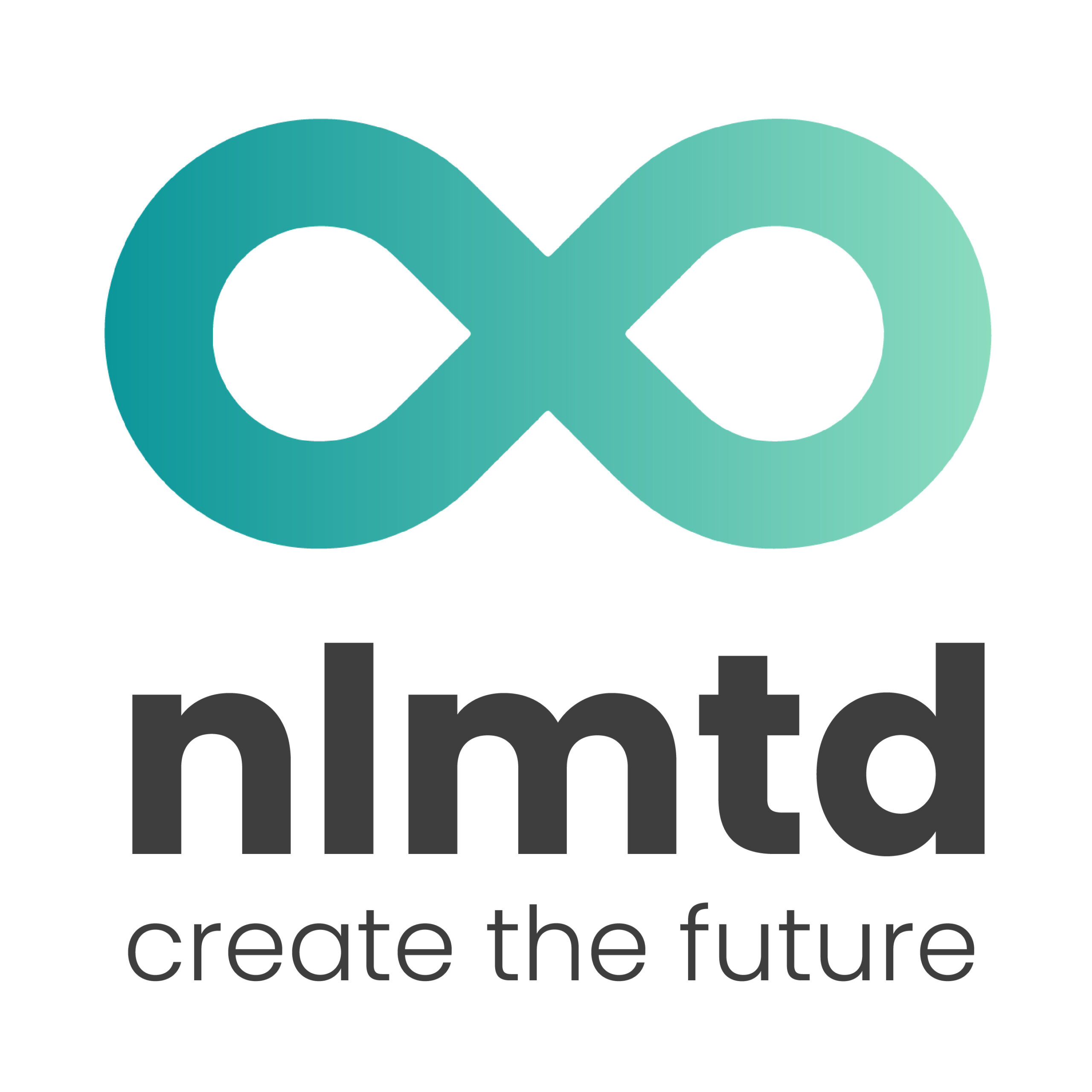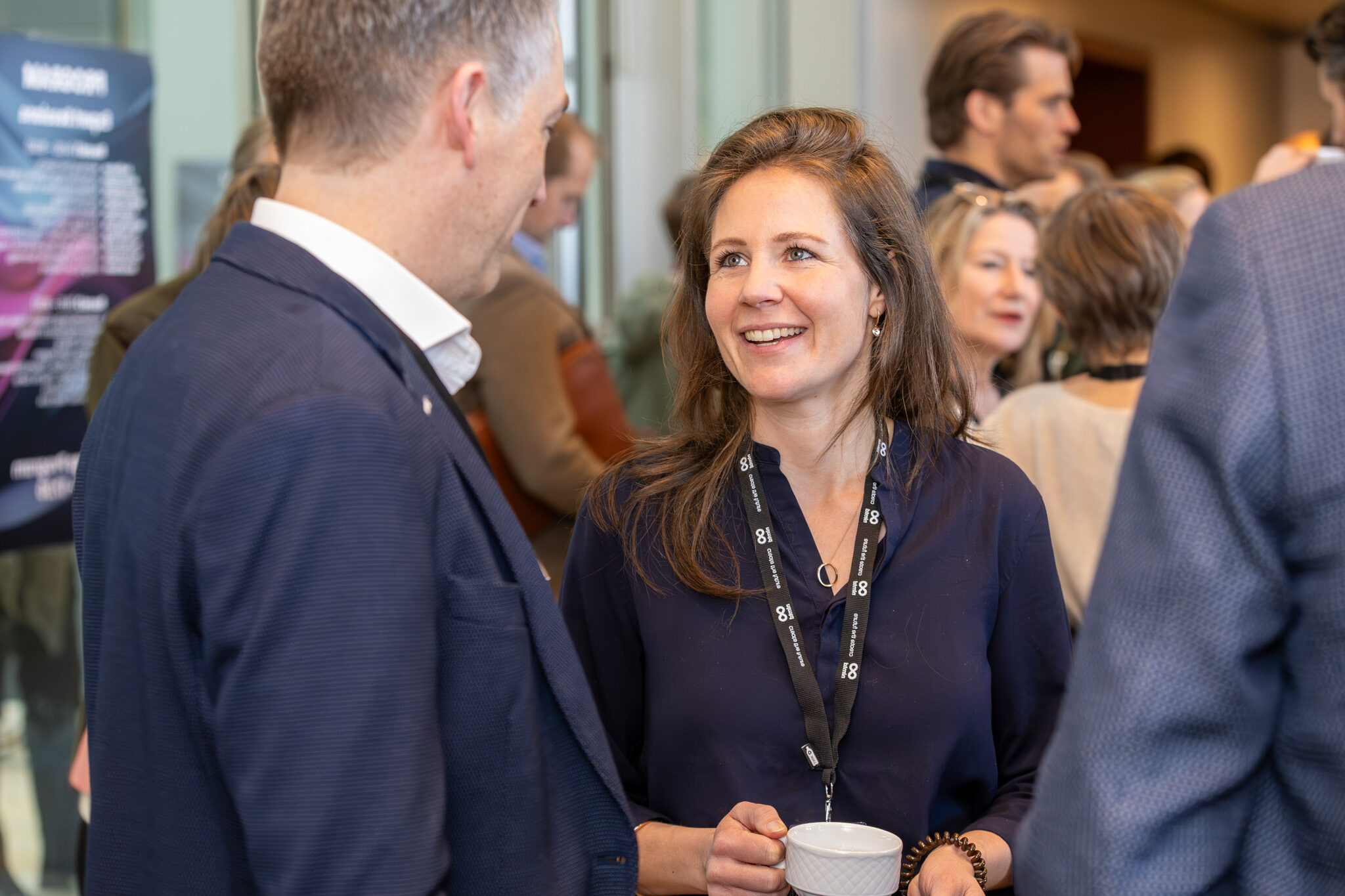Henriette Mansell
Director nlmtd

Annabelle Waldus
Consultant nlmtd
Henriette and Annabelle bring together strategic insight and a deep understanding of the energy transition. As a director, Henriette helps organizations achieve systemic change by focusing on governance, collaboration throughout the supply chain, and developing sustainable policies. Consultant Annabelle simplifies complex issues into actionable solutions, facilitating collaboration among stakeholders to achieve decisions that are widely supported.
Share this article
Hydrogen is playing an increasingly important role in the energy transition. However, how can we ensure that hydrogen goes beyond being just a promising concept and truly contributes to a sustainable energy system? Additionally, how can we position the Netherlands as a prominent hydrogen hub?
During the Create the Future 2025 event, we engaged in discussions with experts from the entire hydrogen supply chain, as well as specialists in policy and regulation. We explored both the opportunities and challenges associated with hydrogen. Below, we share the most important insights from these discussions.
Opportunities and Challenges
Hydrogen offers significant advantages for our future energy system. It can serve as an efficient energy carrier, particularly in sectors that are challenging to electrify, such as heavy industry and long-distance transportation. Additionally, it fulfills an important balancing function within the electricity grid, as surplus (renewable) energy can be stored and transported. This is particularly relevant when considering that a fully electric system would require enormous storage capacity and is hardly feasible in practice, as shown by the Dena-Leitstudie “Integrierte Energiewende” (Deutsche Energie-Agentur, 2018/2021).
Despite its advantages, implementing hydrogen technology presents significant challenges. The interdependencies within the hydrogen supply chain create a classic chicken-and-egg dilemma that significantly slows the transition. Although there are substantial subsidies for green hydrogen production, demand remains insufficient. This lack of demand certainty makes producers reluctant to invest. Simultaneously, potential buyers, or off-takers, are hesitant to enter the market due to the absence of infrastructure and reliable production capacity.

European Regulations and Government Policy
Ambitious targets have been set for utilizing hydrogen as a vital component in the energy transition. However, current policies at both the European and national levels often hinder progress rather than accelerate it. Policymakers frequently work in isolation, resulting in national strategies that may not align effectively with regional or local needs. Additionally, European regulations impose strict conditions on the production of green hydrogen, including requirements for additionality and temporal and geographical correlation with renewable energy sources. These regulations can obstruct the utilization of surplus wind and solar energy. In the Netherlands, complicated permitting processes and fragmented regulations also lead to project delays. To enable rapid scaling and attract investments from businesses, there is a crucial need for flexibility and clarity in the regulatory framework.
Ideas for the Hydrogen Chain

The session clearly highlighted that a cohesive strategy with a comprehensive vision for the entire hydrogen supply chain is crucial. Hydrogen needs to be produced sustainably, stored and transported efficiently, and ultimately utilized in the appropriate locations. Each link in the chain relies on the others, and there is still significant potential for improvement in this area.
Here are a few ideas that emerged during the knowledge session:
- Hydrogen as an Interim Solution
Begin pragmatically with grey and blue hydrogen, and gradually transition to green hydrogen through supportive policies. - Flexible Credit Systems
Decouple physical hydrogen from certificates to effectively kickstart the market. - Independent Chain Director
For instance, empower the government to ensure coherent policy and prevent fragmented subsidies. - Targeted Collaboration in the Supply Chain
Bring producers and off-takers closer together to enhance investment certainty. - Focus on Key Sectors
Concentrate on areas where hydrogen can make a significant impact, such as heavy mobility and industrial applications.
The Netherlands has significant potential to establish itself as a major hydrogen hub, thanks to its focus on industrial sustainability, lower CO₂ emissions, and substantial economic opportunities. However, achieving this ambitious goal requires an integrated approach. It’s essential for the government, industry, and other stakeholders to collaborate effectively, along with making clear policy decisions and providing the necessary incentives.
Will the Netherlands truly become a hub for hydrogen? Experts are optimistic, believing this could become a reality between 2035 and 2040. So, when will we be able to refer to the Netherlands as a Hydrogen Hub?
Experts expectations






